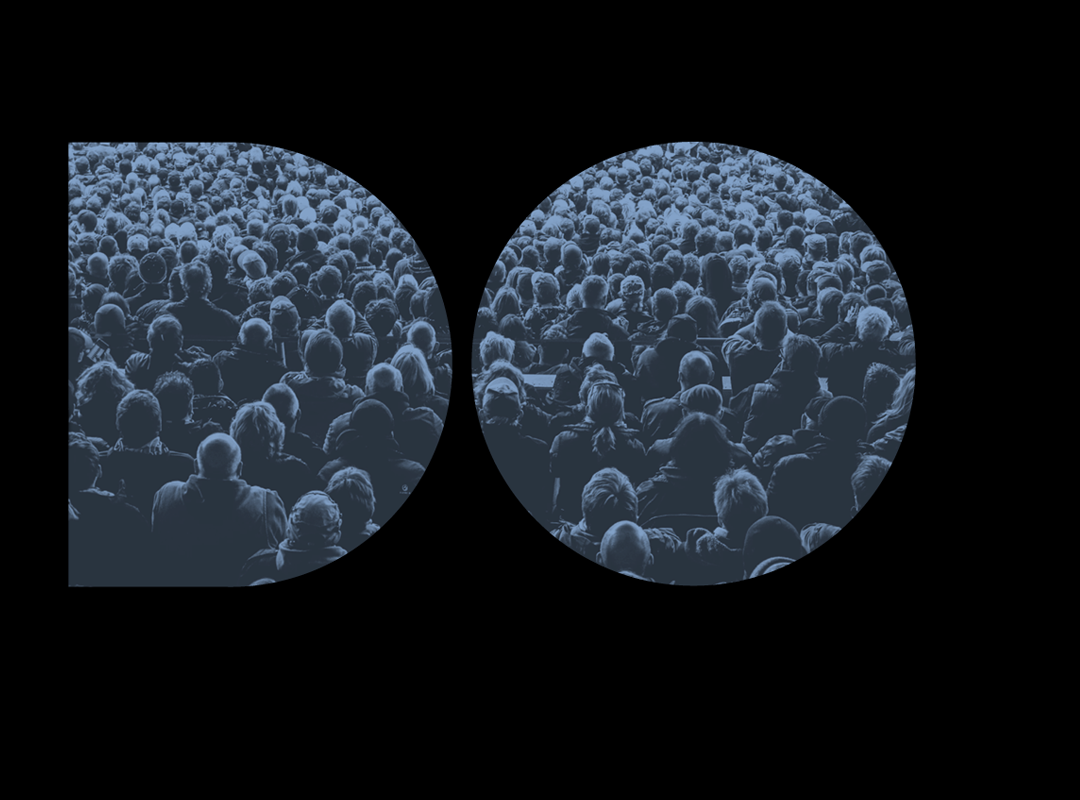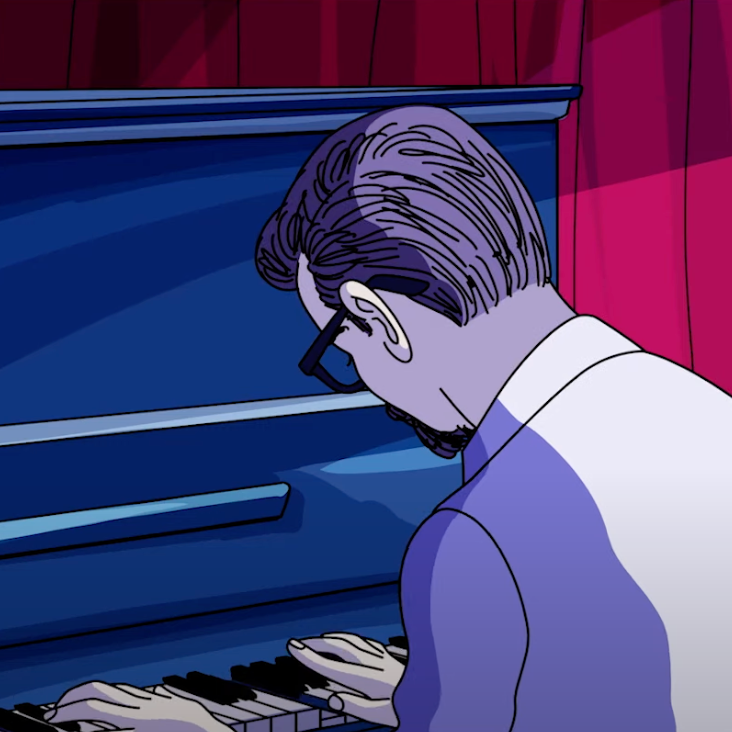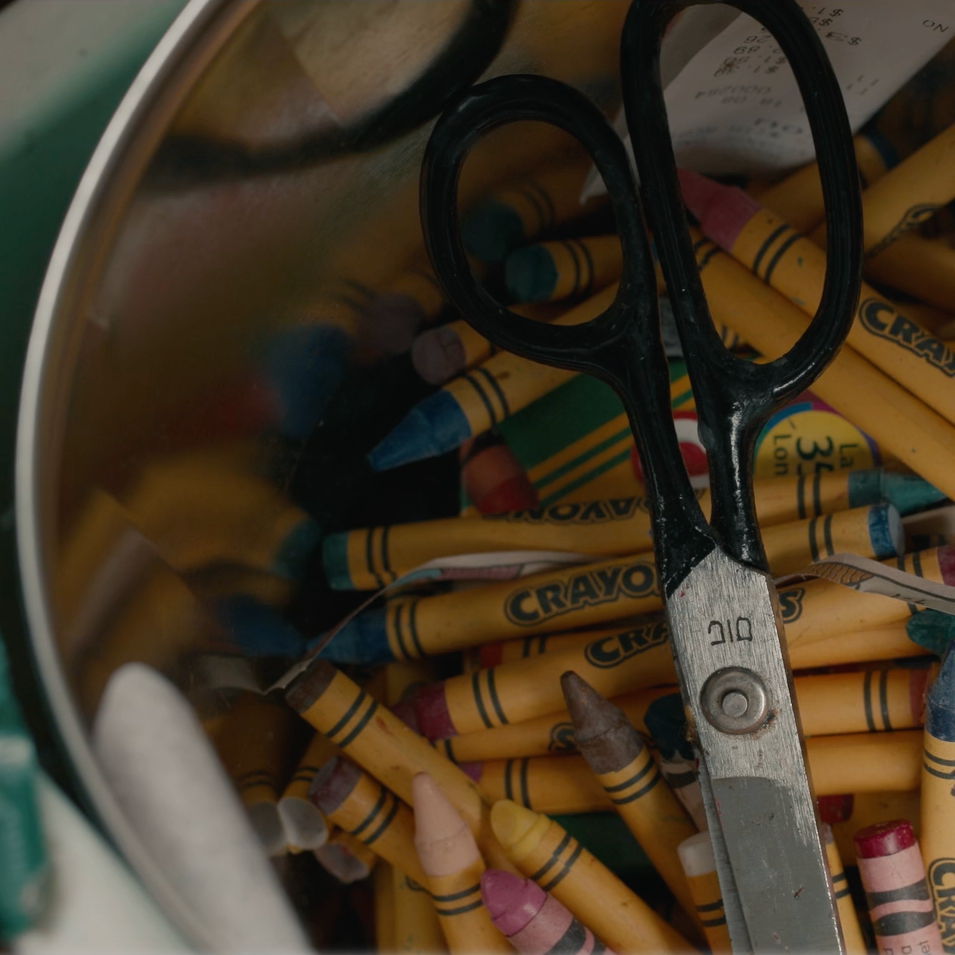
May 20, 2009
This End Up: Renzo Piano’s Modern Wing
The Art Institute of Chicago, view of Modern Wing from Monroe Street. Photo: Charles G. Young, Interactive Design Architects
I was born in Chicago and raised up the road, but I never heard the word “fragility” associated with my hometown until Renzo Piano’s Modern Wing opened at the Art Institute last weekend. Chicago is John Belushi, Dick Butkus, bratwurst, machine politics, the John Hancock Center’s skeletal good looks and the whiplash of wind cutting through parka. Chicago gave us Obama (or likes to think it did), the very embodiment of steel and grit. Fragile? I shouldn’t think so. I guess it takes an Italian to see things differently.
Speaking to the press about the 264,000-square-foot building, which increases the museum’s hefty size by a third, Piano was referring to the lightness of modernism. After fire ravaged much of Chicago in 1871, the city was rebuilt with revolutionary steel-framed constructions supporting wide expanses of glass. These buildings were strong, supple, and clear. And their clarity wasn’t simply a matter of transparency but also of navigation and order: as Piano noted, the new urban grid aligned with true compass points (“When you look north, north is exactly what you see”); Chicago’s architecture and its occupants related straightforwardly to their sites. Strength, delicacy, lightness, rationality: Piano sought all of these attributes for his new addition and largely succeeded in imposing them.
The Art Institute of Chicago, Griffin Court. Photo: Charles G. Young, Interactive Design Architects
The Art Institute of Chicago, Flying Carpet above Pritzker Garden. Photo: Dave Jordano
The key to these effects, as has been widely reported, is the Flying Carpet: a floating roof assembled from 2,656 curved blades that admit northern light while blocking rays from the other, harsher exposures. (This technology was abetted by the street grid’s precise north-south and east-west axes.) Artificial light is modified moment to moment by photovoltaic sensors embedded in the inner glass layer of the building’s double-pane walls. Like Steven Holl’s masterly Nelson-Atkins museum addition in Kansas City, the Modern Wing is predicated on a belief that steady illumination is fatiguing and neutrality in any guise is death: “It was important to create a space with character,” Piano said. He compared the distribution of interior light with the way sound is dispersed from the stage of Frank Gehry’s bandshell in Millennium Park next door, via a grid of speakers suspended over the audience.
The Art Institute of Chicago, Architecture and Design Gallery. Photo: Dave Jordano
The factoid the Art Institute touts foremost, however, is that it’s now the second largest art museum in the U.S. after the Metropolitan. (Washington’s National Gallery dropped to third place.) The architecture and design department alone occupies 8,000 square feet in the Modern Wing, making it bigger than MoMA’s. And even that space can be reconfigured and expanded, said the department’s chief curator, Joseph Rosa, thanks to the flexibility Piano built into the building’s plan over 10 years of development.
True to their context, many of the objects in that gallery refer to links between historical and contemporary design, such as Robert A. M. Stern’s “late entry” to the 1922 Chicago Tribune tower competition. Or they represent new ideas of materiality in traditional forms, such as Marcel Wanders’s Knotted Chair of rigid fiber. Or they kick over partitions between disciplines, such as Stefan Sagmeister and Ralph Ammer’s Being Not Truthful Always Works against Me, a digital wall projection that embeds its title aphorism into a spider’s web that distorts as the viewer draws near. Indeed Rosa, along with Zoë Ryan, the department’s design curator, is working on a 2010 exhibition exploring interdisciplinary practices in architecture and industrial design.
We have grown accustomed to locating museum architecture along a spectrum. At one end are buildings that are sculpture in their own right; at the other, boxes that decline to compete with their contents. The Modern Wing edges toward the latter pole. “I’m a builder by training,” Piano said. “I like the idea of making good, solid safe shelters for human beings.” He wasn’t being entirely disingenuous. Laciness aside, the Modern Wing is a good, solid safe shelter for art and our enjoyment of it.

 Julie Lasky is editor of Change Observer. She was previously editor-in-chief of
Julie Lasky is editor of Change Observer. She was previously editor-in-chief of 


